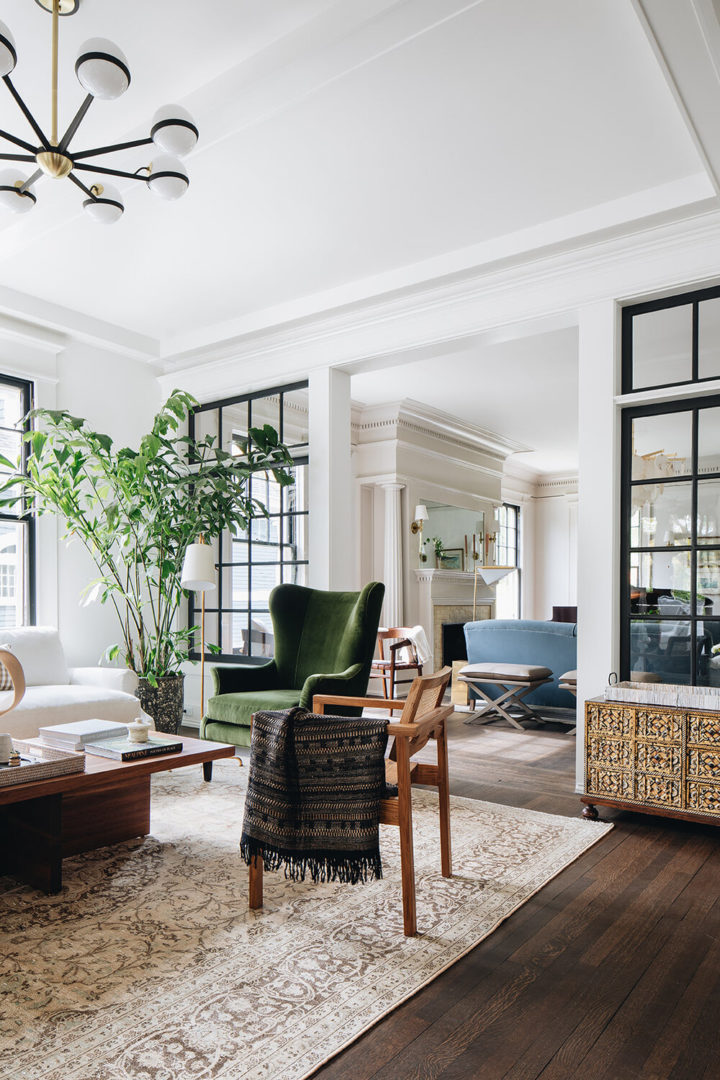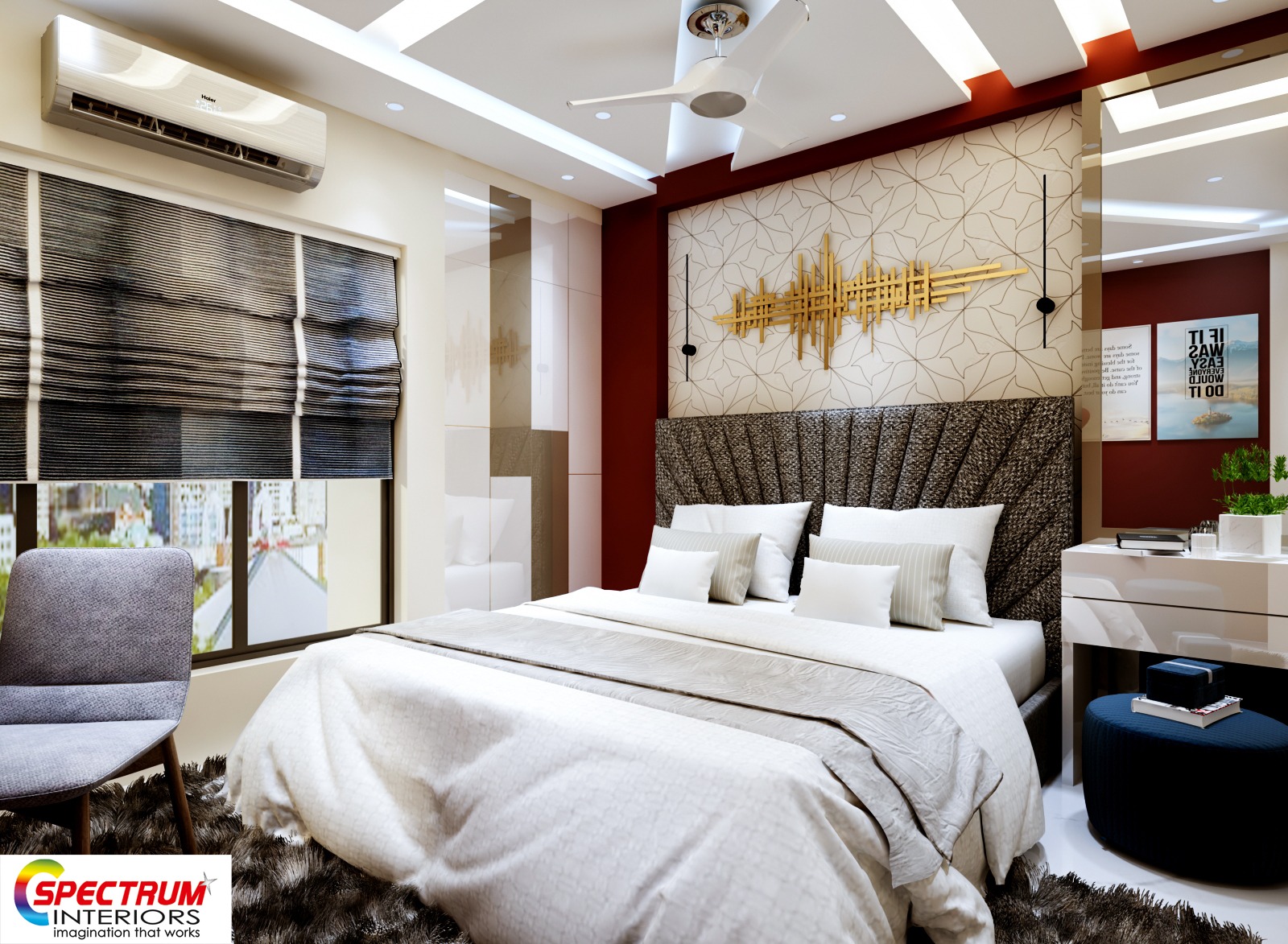A top-rated Architecture Firm crafts innovative and functional designs.
A top-rated Architecture Firm crafts innovative and functional designs.
Blog Article
Change Your Home With Vital Principles of Inside Design and Aesthetic Appeals
The art of changing your home through the vital concepts of interior style and looks requires a thoughtful technique that integrates color, equilibrium, and spatial recognition. By understanding the effect of color theory and the relevance of texture and patterns, one can create rooms that are not just visually appealing however additionally deeply individual. Attaining this equilibrium involves greater than plain decor; it incorporates a critical arrangement and an eager understanding of exactly how each element connects within a space. As we explore these fundamental ideas, take into consideration exactly how they could redefine your understanding of home and personal expression.
Understanding Color Theory
Shade concept is a fundamental element of interior decoration that substantially influences state of mind, perception, and overall visual. Comprehending the principles of color concept enables developers to develop spaces that reverberate psychologically with residents while meeting practical needs (miami interior design). Shades can be classified into 3 primary types: main, secondary, and tertiary. Each group plays a crucial role in developing harmony within a space.
The psychological impact of colors is extensive; cozy shades such as reds and oranges evoke energy and heat, while trendy tones like blues and eco-friendlies promote peace and harmony. The use of complementary shades boosts visual passion, creating striking contrasts that can raise a room's appeal.
Neutral colors, on the various other hand, act as a versatile background, allowing other style aspects to shine. It is necessary to consider aspects such as lights and the room's purpose when choosing a shade palette, as these can modify the understanding of colors throughout the day.
Eventually, a well-considered color system can change a room, cultivating a feeling of comfort and style that lines up with the citizens' preferences. Proficiency of shade concept is, for that reason, a vital ability for any type of interior designer intending to produce unified and welcoming environments.
Achieving Equilibrium in Style
How can developers attain a feeling of stability in their areas? Achieving equilibrium in style is basic to creating unified insides. Designers can utilize 3 primary types of balance: symmetrical, unbalanced, and radial. Symmetrical balance involves organizing components evenly around a main point, fostering a sense of order and tranquility. This type often includes sets of furnishings or art work, boosting aesthetic stability.
Asymmetrical equilibrium, on the various other hand, depends on varying components that still attain a natural look. This technique permits for more vibrant and informal plans, giving interest while maintaining balance. By carefully choosing varying sizes, shades, and structures, developers can develop a visually compelling space that really feels well balanced yet energised.
Radial balance highlights a central focal factor with components radiating outward. This style is generally seen in circular designs, where furnishings and design create a cohesive surround that draws the eye internal.
Eventually, accomplishing equilibrium requires thoughtful factor to consider of range, proportion, and the partnerships in between elements. luxury interior design. By masterfully applying these balance concepts, developers can transform spaces into environments that feel both cosmetically pleasing and functionally harmonious, enhancing the general experience for owners
Significance of Spatial Understanding

A keen feeling of spatial awareness allows designers to identify focal factors within a room, directing the audience's attention to crucial functions while maintaining a general feeling of unity. It additionally assists in the tactical positioning of illumination, which can substantially influence the assumption of room and mood. Comprehending spatial connections makes it possible for the designer to provide to the particular demands of occupants, guaranteeing that each location offers its intended function without endangering aesthetics.
Ultimately, spatial recognition is essential for making the most of the potential of any indoor area. By thoroughly thinking about the interaction between dimensions, layout, and function, developers can produce settings that not just meet useful demands yet additionally evoke a sense of convenience and charm, boosting the general living experience.
Incorporating Appearance and Patterns
Welcoming a diverse series of structures and patterns can dramatically boost the aesthetic and tactile appeal of an indoor area. click here for more The strategic use of various materials-- such as timber, metal, material, and stone-- develops depth and passion, making a space feel more inviting and dynamic. Integrating smooth surfaces with harsh structures can establish a balance that draws the eye and engages the senses.
When incorporating patterns, take into consideration both range and repetition. Big patterns can work as focal factors, while smaller sized, refined styles can match various other elements without overwhelming the space. Layering patterns, such as pairing floral cushions with candy striped tosses, includes intricacy and a feeling of harmony if executed attentively.
It is additionally important to keep a natural shade scheme, making sure that textures and patterns function together instead than contend for interest. By selecting a couple of essential textures and patterns, you can develop a linked aesthetic that shows your individual style while boosting the general ambiance of the space. Inevitably, the careful consolidation of these components can transform a mundane area right into an advanced setting rich with character and warmth.
Personalizing Your Area
Developing an area that reflects your personality is important to accomplishing a truly welcoming setting. Personalization in interior layout allows you to infuse your special design and passions into your home, changing it from a mere shelter right into a sanctuary that speaks with who you are. Begin by selecting a color scheme that reverberates with your emotions-- vibrant hues can stimulate, while Read Full Report soft tones provide tranquility.
Incorporate artwork and view it decoration that reflect your passions, whether it be travel, nature, or abstract concepts. Showing personal collections, such as books, photos, or mementos, can stimulate treasured memories and create prime focus within a room. Additionally, take into consideration customizing functional items, like upholstered furnishings, to align with your aesthetic preferences.

Verdict
In conclusion, the transformation of a home through the important concepts of interior decoration and looks requires a thorough understanding of shade concept, equilibrium, spatial awareness, appearance, and customization. Each element contributes considerably to producing a harmonious and useful living atmosphere - miami luxury interior design. By attentively incorporating these principles, individuals can enhance the aesthetic charm and emotional resonance of their spaces, eventually fostering a home that reflects special identifications while supplying convenience and practicality
Report this page